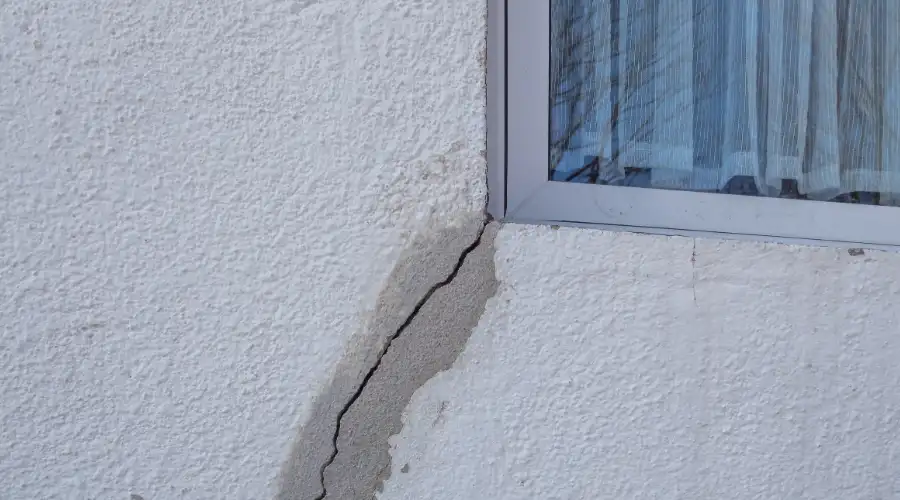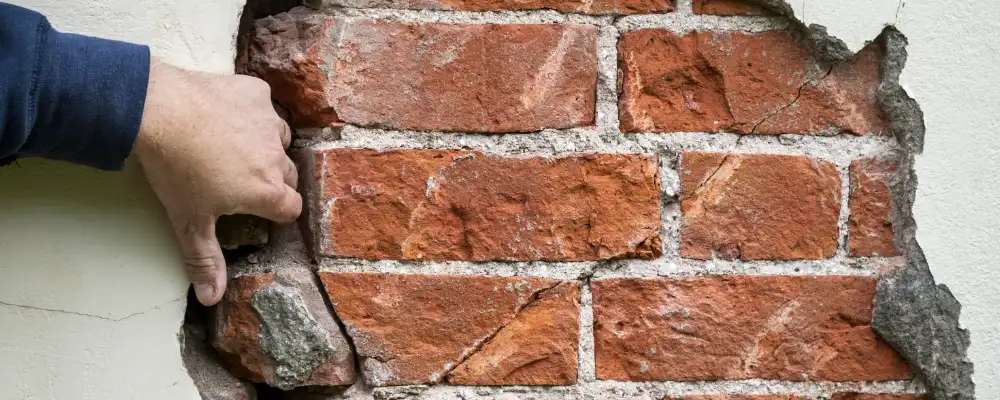Being aware of every minor construction issue prevents the creation of costly troubles. Whether it is a residential or commercial structure, never compromise on building functionality, safety, and aesthetics. As a builder or engineer, you need to estimate and implement the safeguard methods for possible hazards. One among them is structural damage – it is happening due to several reasons like natural disasters, foundation issues, wear and tear, etc. Further, the damages cause compromises in safety and stability, which potentially lead to collapse or overall structural failure.
In this article, you’ll get to read about what structural failure is, its common causes, and preventive measures.
What is Structural Damage
Structural damage refers to the deterioration or failure of load-bearing components in a building, such as foundations, beams, columns, walls, or roofs, that compromises the overall stability and safety of the structure. It can affect both residential and commercial properties and may result from a range of causes, including foundation settlement, natural disasters like earthquakes or floods, corrosion of structural materials, construction defects, and material fatigue over time. These issues can lead to unstable foundations, cracking walls, sloping floors, sagging rooflines, and leakages. Unlike cosmetic damage, a building can lose its overall strength and stability. However, some damages can be easily noticeable, and some are hidden within the structure. Conducting frequent examinations is paramount to prevent property devaluation and costly repairs.
Common Causes of Structural Damage
Structural issues in any building can be caused by various reasons. Some of the significant things are uncovered for your reference:
Foundation Problem: The foundation is a key to ensuring the overall structure’s safety and durability. When you are not concerned about poor water drainage systems, expansive soil, and erosion can result in instability, structural cracks, and sinking.
Construction Defects: This defect refers to design errors, choosing low-quality raw materials, construction techniques, and poor workmanship. Underestimating this issue can significantly cause cracks, leaks, and other structural failures.
Material Failure: Materials like steel and iron are highly susceptible to rust and other chemical reactions that gradually weaken the structure. In contrast, some materials may suddenly fail due to excessive stress.
Water Damage: It is a prevalent issue found in residential and commercial buildings. This issue is a common cause of floods, leakages, and even plumbing issues. When water enters the buildings, it creates serious structural problems like foundation failure, damage to roof structure, bowed walls, etc. Addressing water leakage early can prevent the risk of structural repair or collapse.
Improper Maintenance: Maintenance is indispensable to prevent structural integrity damage. When you fail to repair issues like mold growth, rot, or water damage, you will encounter many severe problems.
Identifying Structural Damage: Key Signs
Witnessing structural problems early can prevent several costly repairs and ensure building safety. Here are the key signs that you can notice in your structure when it is prone to damage:
Cracked Concrete: A concrete crack is an initial sign that you can identify in a deteriorating building. It is a serious cause that not only leads to building repair but also harmful health risks. Cracks happen when water enters the structure and forms mold and rot. Meanwhile, the cracks on the outside wall can make the situation even worse. It provides gaps to outside elements like sleet, snow, and rain.
Foundation Problem: When the foundation of a building is everything, it needs extra concern. Conduct periodical examinations of the complete building exterior to ensure that the structure is not subjected to any potential hazards like cracks, leakages, bowed walls, or misshapenness.
Floors and Roofs: Sloping or sagging floors can typically indicate underlying structural problems like deteriorated beams or roofs. The water leaks through gaps, weakening the structural elements, leading to safety hazards in the buildings.
Concrete Appearance: Concrete plays a paramount role in any structure. It is the first material found with deterioration, damage, and day-to-day wear and tear. Therefore, it is essential to keep your eye on identifying the damage early.
Repair of Structural Damage

Structural damages need to be carefully reviewed to stop further severe issues from occurring. Below are the important repairing processes that you need to follow:
Assessment: Contact a reliable structural engineer or professional to evaluate the exact causes of damage. Conducting a detailed inspection is essential to applying appropriate repair methods.
Planning: If you have identified the specific issue, employ suitable techniques and materials to repair it. Leaving the problems for the long run can make the situation even worse. Ensure you choose the specialized techniques to repair damages efficiently.
Reinforcement: Next to repairing, provide sufficient support to weakened areas using wall tiles, underpinning, concrete jacketing or additional beams.
Restoration: Conduct an inspection to identify and replace damaged materials, restore the building’s appearance, and seal the cracks and leakages.
Prevention of Structural Damage
By following these preventive measures, you can improve your structure’s stability and longevity.
Durable Design: Keep durability in mind when you choose materials, workmanship, and other important parameters. Ensure the structure is going to be built with adequate strength, stability, and durability to improve its longevity. For example, you can buy corrosion-resistant steel for enhanced corrosion protection, high-strength concrete with superior strength and low permeability, and wood or timber with fire resistance.
Structural Health Monitoring: The second primary step is to conduct periodical structural health monitoring. It helps analyze the exact performance and condition of the building over time. Through such inspection, you can get to know the cause and severity of issues.
Regular Maintenance: Conducting regular maintenance can prevent structural damage and improve the lifetime of a building. The maintenance process includes repairing, restoring, and replacing damaged components.
Improve Resilience: Resilience is a proven way to improve the ability of a structure to withstand human attacks or natural disasters. Improving building resilience can significantly reduce the impact and risk of structural damage.
Summary
On the whole, structural damage is a serious concern in any residential or commercial construction. As a builder or engineer, you need to draw an effective plan to improve the quality of construction to stay strong. With this aforementioned article, you can update your knowledge of structural damage and how to repair it with specialized techniques.

